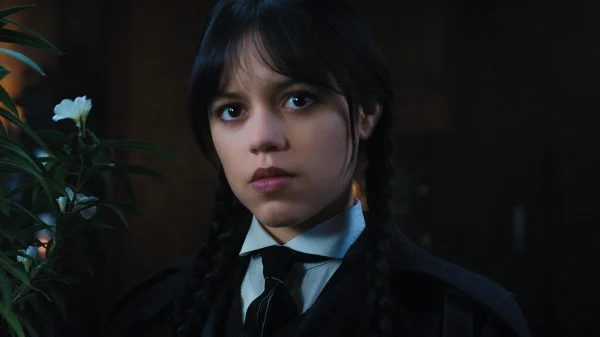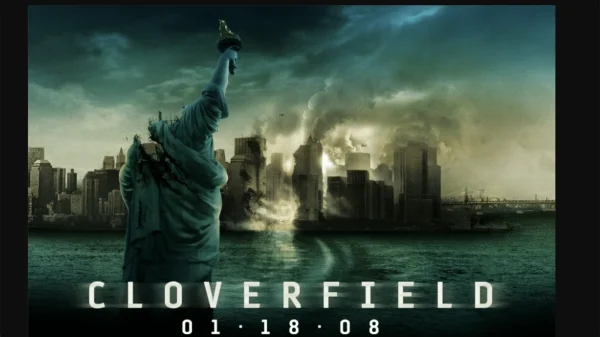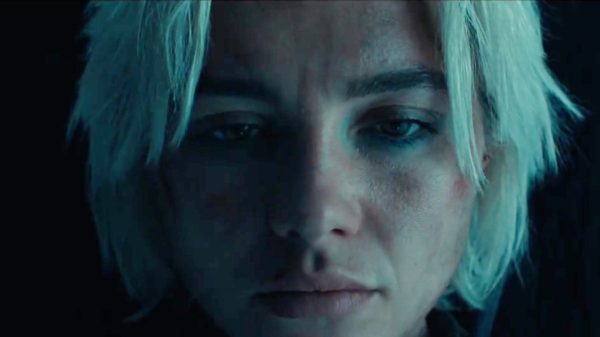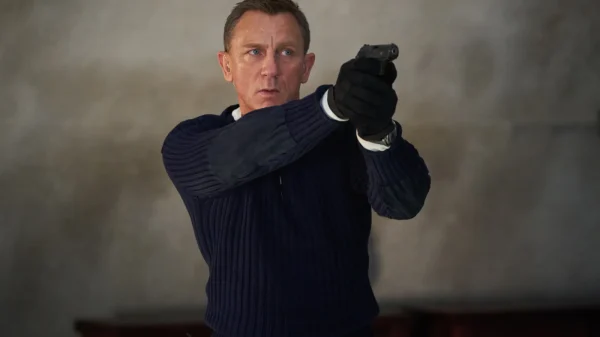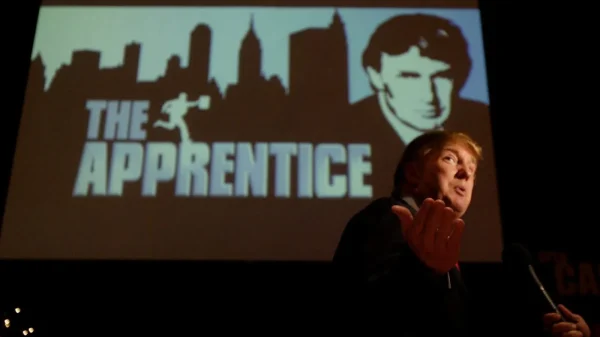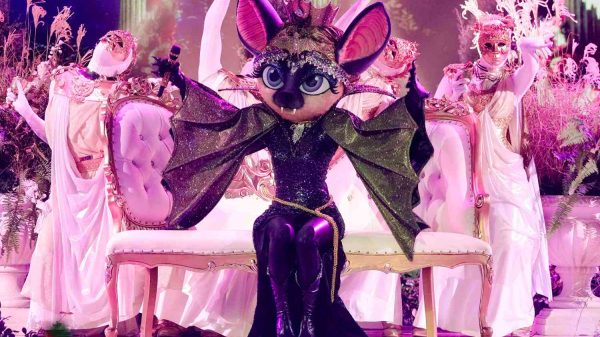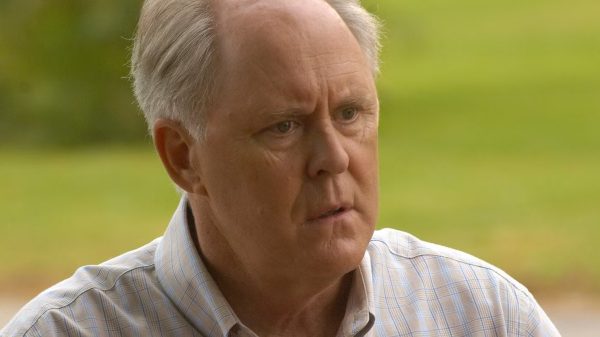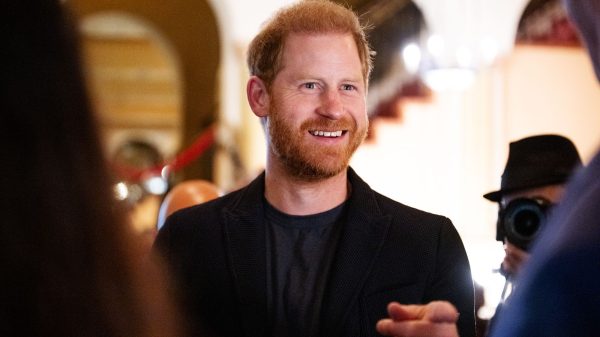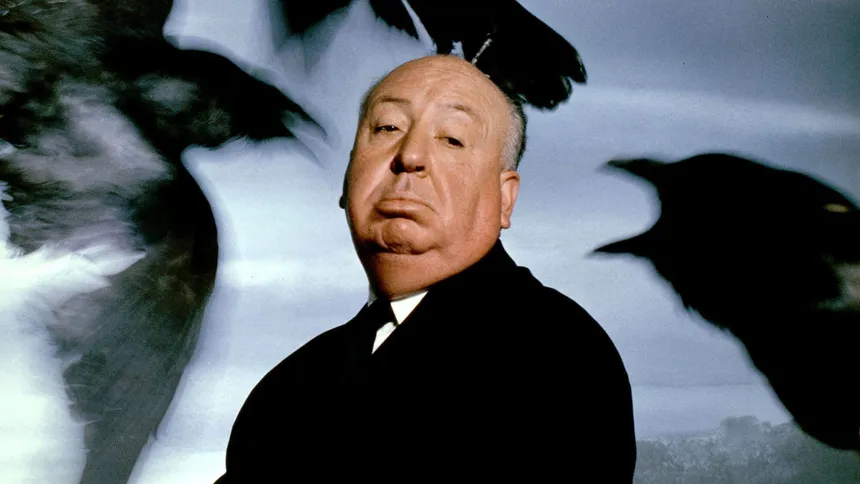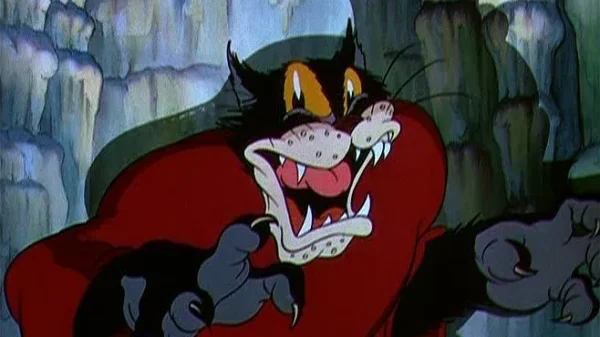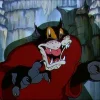Alfred Hitchcock’s 1954 film Dial M for Murder is a testament to the director’s innovative use of 3D, despite its initially poor reception. The film tells the story of Margot, a wealthy heiress whose husband attempts to have her murdered, and the ensuing chaos that ensues. The complex plot and cleverly crafted tension are hallmarks of Hitchcock’s genius, and the film features a standout performance from Grace Kelly.
Hitchcock experimented with 3D in Dial M for Murder, showcasing his innovative use of the technique even before the popularity of 3D films. However, studio interference led to the film being released in both 2D and 3D formats, compromising the film’s intended 3D effect. As a result, the film’s 3D version was only shown to a select audience, and the majority of viewers saw it in 2D.
Despite the poor reception, the film’s quality was not the issue. Critics at the time may not have appreciated the innovative use of 3D, but in hindsight, it has been recognized as a classic of the genre. The American Film Institute listed Dial M for Murder as one of the ten greatest mystery films ever made in 2008, praising its use of 3D as one of the stronger examples of the format.
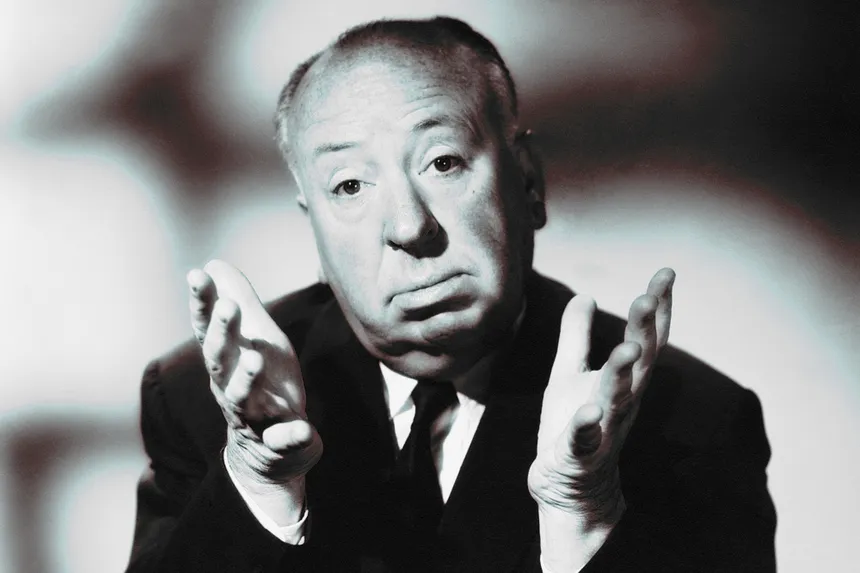
Hitchcock (Photo: IMDB)
The film’s forgotten status is a result of circumstance rather than its quality. It is a testament to the power of vision and perseverance in the face of adversity. Hitchcock’s innovative use of 3D and his commitment to his artistic vision, despite the limitations imposed by the studio, make the film a masterpiece that was ahead of its time. As the years have passed, Dial M for Murder has been reevaluated, and its significance has been recognized. The film’s innovative use of 3D and its complex plot have made it a standout film in Hitchcock’s oeuvre.
The film’s recognition as a classic of the genre and its praise for its innovative use of 3D are a testament to the enduring legacy of Hitchcock’s talent. It is a reminder that true artistry and innovation can go unnoticed at the time, but ultimately be recognized and celebrated generations later. Dial M for Murder stands as a testament to Hitchcock’s mastery of film and his ability to push the boundaries of the medium, even in the face of adversity.

